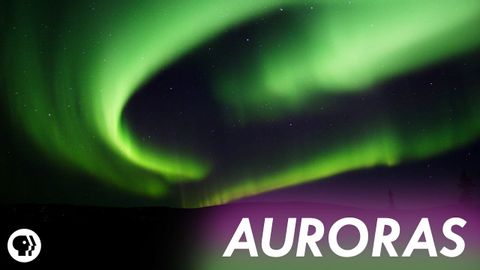
Subtitles & vocabulary
The Science and Beauty of Auroras
00
Anita Yeung posted on 2016/10/08Save
Video vocabulary
treat
US /trit/
・
UK /tri:t/
- Transitive Verb
- To pay for the food or enjoyment of someone else
- To use medical methods to try to cure an illness
- Noun (Countable/Uncountable)
- Something you buy for others as a surprise present
- something that tastes good and that is not eaten often
A1TOEIC
More force
US /fɔrs, fors/
・
UK /fɔ:s/
- Noun
- Group of persons trained for military action; army
- Pressure; attraction
- Transitive Verb
- To use physical strength or violence to persuade
- To break open (something) using force.
A1
More atmosphere
US /ˈætməˌsfɪr/
・
UK /'ætməsfɪə(r)/
- Noun (Countable/Uncountable)
- Air around us
- Feeling or mood of a place
A2
More imagine
US /ɪˈmædʒɪn/
・
UK /ɪ'mædʒɪn/
- Verb (Transitive/Intransitive)
- To think creatively about; form mental picture of
- To suppose or assume something.
A1TOEIC
More Use Energy
Unlock All Vocabulary
Unlock pronunciation, explanations, and filters
